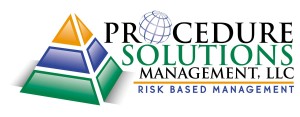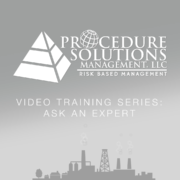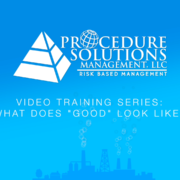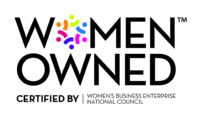Formatting Your Resume for a Contract Position

Resume Formatting Tips and Suggestions that can make you more successful when applying for your next contract position.
The thought of creating a resume from scratch can be an overwhelming task, but it doesn’t have to be. Based on our experience, here are some key tips for making your resume top notch!
Quick Resume Tips
- Tailor your resume to fit the job for which you are applying. Analyze the requirements for the job, and if you meet those requirements, make sure your resume includes key words and phrases that support those requirements.
- Make sure relevant information is at (or close to) the beginning of a sentence. This will make it easy for the manager to scan your resume and determine that your skills are a good fit for the job. Don’t clutter up your content with verbiage that really doesn’t help get across that you are a good candidate that meets or exceeds the job requirements.
- Use a font that looks professional, is easy to read, and is 11 or 12 pitch in size. Arial size 11 is a favored choice.
- Ensure you use at least one line of spacing between paragraphs and sections. This makes your content much easier to read.
- Avoid long run-on sentences……be brief and to the point. Also, ensure that you use bullets when making lists.
- Avoid using “complicated formatting”. The formatting needs to be simple and easily edited so that your recruiter can make minor changes quickly.
- Don’t get carried away. Your resume should be limited to 3 or 4 pages. Resumes that are much longer often do not get read completely by the hiring manager.
Basic Resume Layout
Based on our experience, we recommend using the following sections when formatting your resume:
Header
- The header should contain your “complete” first name, your complete middle name and your last name. Recruiters often are required to provide clients with middle names. For purposes of a resume, avoid using “nicknames”.
- The header should also contain all of your contact information including your primary home street address, email address and best phone number for contacting you.
Accomplishments
- At the beginning of your resume, there should be a section highlighting your accomplishments…….especially those that are relevant to the desired job.
- Use data points that prove your value and when citing numbers use the numerical form (90%) vs the written form (ninety percent).
Work Experience
- Your work experience should be in “reverse” chronological order, starting with your latest employment.
- Each new job in your work history should begin with your job title, name and location of the company, and employment dates.
- For each entry, detail duties and accomplishments that are “relevant.” Be as brief as possible while still providing the necessary information to highlight your skills.
- Period(s) of Unemployment that are two years and longer, should be noted and a brief explanation of the employment gap(s) should be provided.
Education
- Your education history should include degrees that you have earned, including: the name of the University, Major, coursework relevant to the job, and any Honors. Place more relevant degrees first.
- For more experienced job seekers, education is generally not as important as work experience and can be placed below it in the resume layout.
Additional Skills
- Listing additional skills, tools, software applications, spoken languages or software languages is important because every tool you use cannot usually be included in your work experience section. These skill sets can also make your resume appear in search results when recruiters and hiring managers conduct candidate searches.
Interests and Awards
- The interests and awards section is where you can show on paper who you are personally. It’s important to highlight relevant personal accomplishments. Be specific.
References
- A reference section is not necessary for most resumes, but if you include one, say that your “References are available upon request”. Then be able to quickly send requested references to your recruiter or hiring manager that includes names, titles and contact information. Be sure that your references are aware that they may be contacted.
Don’t forget to spell check and grammar check your resume before sending it out. It is also wise to have your work proof read by a trusted friend, who may suggest edits to improve your resume.
For Employment, Resume, and Interviewing Tips, please continue reading our blog. Or, visit Employment Opportunities page for a list of our current job openings.










Leave a Reply
Want to join the discussion?Feel free to contribute!